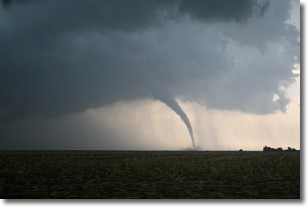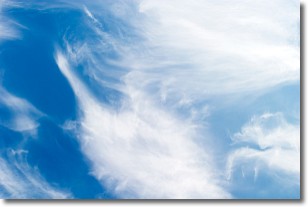Weather Alert in South Dakota
Wind Advisory issued September 3 at 1:10PM MDT until September 4 at 8:00PM MDT by NWS Rapid City SD
AREAS AFFECTED: Harding; Northern Perkins; Butte; Northern Meade Co Plains; Ziebach; Northern Foothills; Rapid City; Custer Co Plains; Pennington Co Plains; Haakon; Western Fall River; Northern Oglala Lakota; Northern Jackson; Bennett; Mellette; Todd; Tripp; Sturgis/Piedmont Foothills; Southern Meade Co Plains; Hermosa Foothills; Eastern Fall River; Southern Oglala Lakota; Southern Jackson; Southern Perkins
DESCRIPTION: * WHAT...Northwest winds 25 to 35 mph with gusts up to 55 mph expected. * WHERE...Portions of northwestern, south central, and southwestern South Dakota. * WHEN...From 10 AM MDT /11 AM CDT/ to 8 PM MDT /9 PM CDT/ Thursday. * IMPACTS...Sudden wind gusts can cause drivers to lose control, especially in lightweight or high profile vehicles. Strong winds can cause blowing dust, reduced visibility, and flying debris.
INSTRUCTION: Winds this strong can make driving difficult, especially for high profile vehicles. Use extra caution.
Want more detail? Get the Complete 7 Day and Night Detailed Forecast!
Current U.S. National Radar--Current
The Current National Weather Radar is shown below with a UTC Time (subtract 5 hours from UTC to get Eastern Time).

National Weather Forecast--Current
The Current National Weather Forecast and National Weather Map are shown below.

National Weather Forecast for Tomorrow
Tomorrow National Weather Forecast and Tomorrow National Weather Map are show below.

North America Water Vapor (Moisture)
This map shows recent moisture content over North America. Bright and colored areas show high moisture (ie, clouds); brown indicates very little moisture present; black indicates no moisture.

Weather Topic: What are Wall Clouds?
Home - Education - Cloud Types - Wall Clouds
 Next Topic: Altocumulus Clouds
Next Topic: Altocumulus Clouds
A wall cloud forms underneath the base of a cumulonimbus cloud,
and can be a hotbed for deadly tornadoes.
Wall clouds are formed by air flowing into the cumulonimbus clouds, which can
result in the wall cloud descending from the base of the cumulonimbus cloud, or
rising fractus clouds which join to the base of the storm cloud as the wall cloud
takes shape.
Wall clouds can be very large, and in the Northern Hemisphere they generally
form at the southern edge of cumulonimbus clouds.
Next Topic: Altocumulus Clouds
Weather Topic: What are Altostratus Clouds?
Home - Education - Cloud Types - Altostratus Clouds
 Next Topic: Cirrocumulus Clouds
Next Topic: Cirrocumulus Clouds
Altostratus clouds form at mid to high-level altitudes
(between 2 and 7 km) and are created by a warm, stable air mass which causes
water vapor
to condense as it rise through the atmosphere. Usually altostratus clouds are
featureless sheets characterized by a uniform color.
In some cases, wind punching through the cloud formation may give it a waved
appearance, called altostratus undulatus. Altostratus clouds
are commonly seen with other cloud formations accompanying them.
Next Topic: Cirrocumulus Clouds
Current conditions powered by WeatherAPI.com




